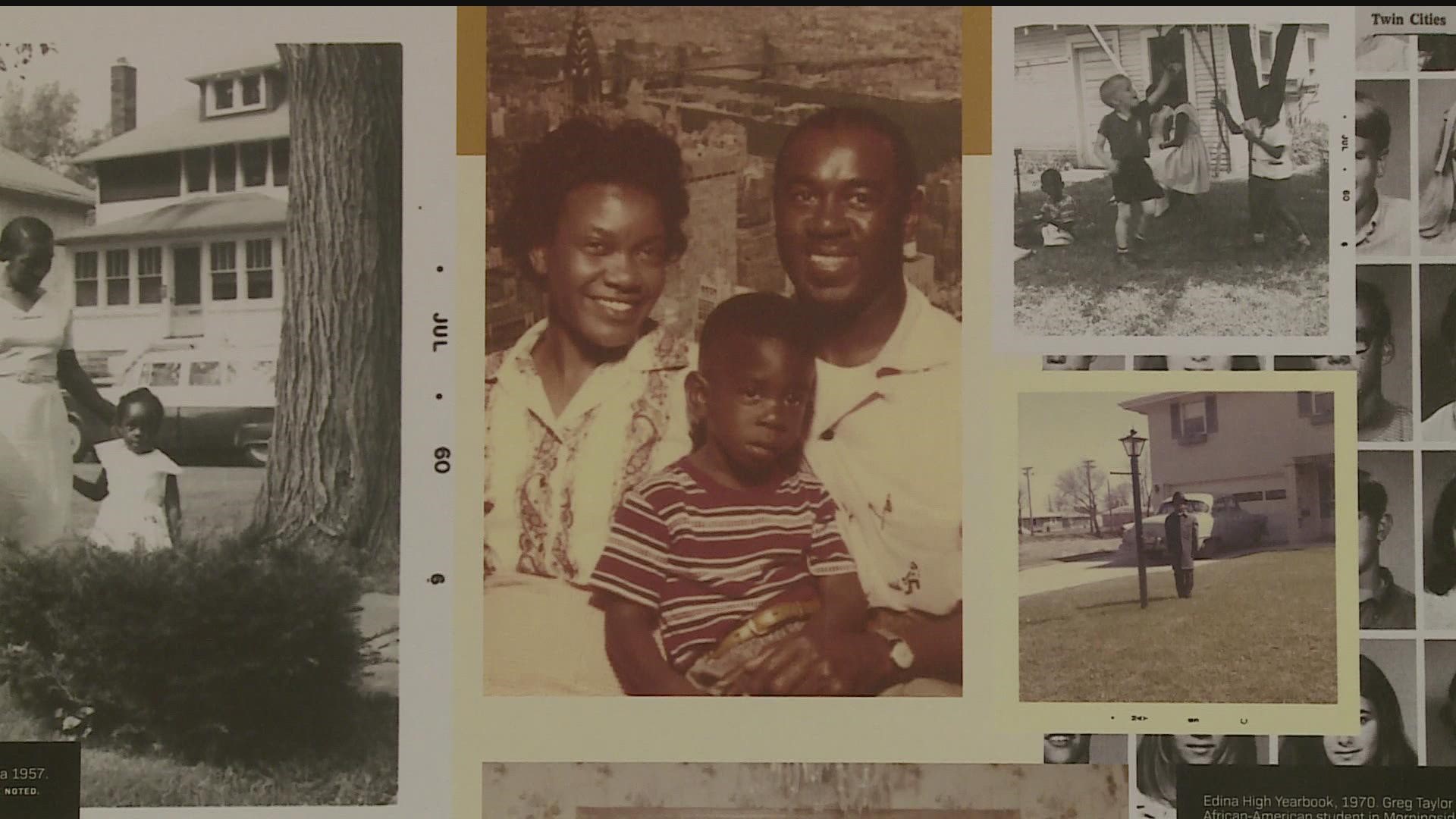MINNEAPOLIS — The first display within 'Human Toll: A Public History of 35W' is designed to get your wheels turning. There is a sign that asks, "How did you get here?" Next to it, tokens representing freeways, city streets only, bike paths, and public transportation are available for visitors to drop into a corresponding bin.
The Hennepin History Museum exhibit has been up since September last year and at this point, most visitors indicated they took the freeway. Anticipating this, a second sign explains that decisions made 65 years ago shape our decisions today.
"We are clearly critics of 35W and the freeway system but I drove on a freeway to get here so I'm not above this history and I think we're all culpable," project co-lead Dr. Greg Donofrio said. "We're all responsible for ensuring that we do better now in the present and moving forward in the future."
Through photographs, handwritten letters and maps, the exhibit tells the story of Black south Minneapolis residents who were forced to move out of their homes to make way for highway construction.
To create the project, the team turned to Dr. Ernest Lloyd, who'd already spent about a decade writing a dissertation on the topic.
"We do not know what happened to all the people," Lloyd said. "I think about driving through an African-American bedroom, garage, kitchen, the front yard. Driving through something that was so deep and dear to those African Americans at the time who came here from the South to escape."
Lloyd says the homes were beautiful and families living in them were educated and employed.
"They were teachers," he said. "They were engineers. They were doctors."
After watching crews demolish their homes, they struggled to find or build new ones.
"Marion and his wife Mary wanted to build a house in the suburbs in Morningside, which is now part of Edina, and they faced a lot of opposition there," Donofrio said. "Obtaining a mortgage from the bank. In getting the proper permits and approvals."
Museum visitors have the option to write and display alternative solutions to what happened such as building highways around neighborhoods, not through them.
"If they come through here, they're going to get the necessary knowledge to make a difference," Lloyd said.
Human Toll runs through October 1, 2022. Admission is pay as you can.

